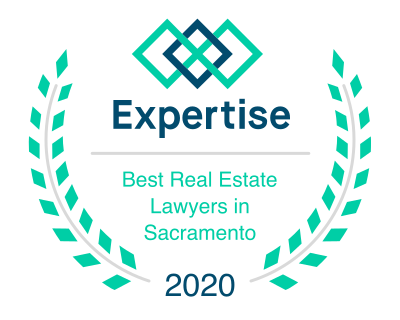TRADEMARK LAW is the law of the subjective. Very rarely does the black letter of the law tell the complete story. Normally, a business will use some indicia, usually a word, name, or logo, to identify its products or services. The indicia may be used on a product or in connection with a service. Indicia may be advertised in magazines, in newspapers, on TV or on the internet. Businesses typically use indicia to distinguish their products or services from their competitors’ products and services. By definition, indicia used in that way is a trademark or a service mark. The law recognizes the importance of such indicia, not only to the owner , but also to protect the general public from being deceived as to the origins of purchased goods or services.

Trademarks
Trademark Law in Sacramento
WHAT CAN BE REGISTERED AS A MARK
A trademark does not have to be simply a work, name or logo. Almost anything can be a trademark so long as it acts to identify its owner’s goods or services. Trademarks and service marks include words, names, symbols, or devices, or a combination of same. Over time, the United States Patent and Trademark Office and the courts have taken an expansive view of what is registrable. Thus, not only are words or names registrable, but individual letters, and groups of letters, whether or not they are pronounceable words or names, may be registrable.
At the other extreme, slogans, even extended slogans, may be registrable. Numbers, whether an individual number, or group of numbers or alphanumeric combinations, may be registrable. Distinctive devices or symbols may be registrable. Background designs incorporating symbols, devices, or other marks may be separately registrable. Simple geometric shapes may be registrable. Color, whether a single color or a group of colors, without more, may be registrable. The nonfunctional aspects of both product and package configurations may be registrable. Trade dress, including not only product or package configurations, but broad concepts such as interior designs of restaurants or common elements of a line of goods may be registrable. Building designs, statues, moving images, sound, a hologram, radio station call letters, a fragrance, or a flavor may also , in the appropriate circumstances, be registrable.
While it is possible to register unconventional marks, it is still far from common to see such registrations. In many instances, the burden on the applicant to show trademark significance may be quite difficult to satisfy, i.e., the applicant will be required to make a strong showing of acquired distinctiveness or inherent distinctiveness for the nontraditional mark.
THE IMPORTANCE OF TRADEMARK CLEARANCE
Whether to adopt a particular mark is a basic decision of trademark protection. The first steps in trademark selection are normally based on business rather than legal considerations. Typically, a company will formulate a list of marks based on its knowledge of the industry, the purchasing public, its own history, and the marks used by its competitors. At the end of the process, a company will select one or more marks which, for business reason, are believed suitable for the products or services involved.
At that point, a proposed mark must be reviewed with regard to an entirely different set of considerations- the legal efficacy of the mark, i.e., whether it is available and, if so, the breadth of protection that can be expected in using the mark in connection with the proposed goods or services.
PRE-SEARCH REVIEW OF THE MARK
The first step in any trademark clearance process is both simple and fundamental. One must look at the proposed mark and evaluate it in terms of the goods or services for which it is going to be used. This moment of reflection may indicate something in the nature of the trademark, or its use, which will immediately show that the proposed mark should be barred from further consideration as a candidate for us or registration.
CONCLUSION
The last thing one wants is to be involved in an infringement action. Intellectual Property disputes are complex, high-stakes, high-cost and high-value undertakings. If found in these circumstances, one should have an attorney who is comfortable with both litigation and technology intricacies — attorneys who can examine witnesses and review documents from both a technology and a business perspective.



